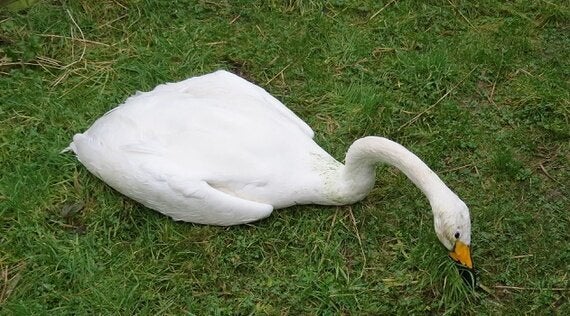As we move deep into autumn, it's clear that the UK hunting and shooting season is upon us again and the many differing views on its merits or otherwise are much expressed.
There are many reasons why people go out to shoot. For some communities, it's a long-cherished part of rural life and a source of local, sustainable food. In other circumstances, it forms part of carefully planned wildlife management - only last week, the Royal Parks began a cull of deer to help maintain a healthy and viable population in Richmond Park. And then there is recreational shooting, run by landowners on a commercial basis.
Unfortunately, the quality and sustainability of shooting are just as varied as the reasons for doing it. People are very aware of the problems in other countries. We all, for instance, heard the news stories of the killing of Cecil the lion, and the very real outrage at what happened in Africa reverberated here at home. But far fewer people are alert to the unsustainable, and too often illegal, hunting and shooting practices that are taking place in the United Kingdom.
Some of these are contentious: the debate rages about illegal wildlife persecution by some gamekeepers and the environmental implications of large-scale burning in the uplands. We must stop turning a blind eye to poor practices in our own countryside, and do more to recognise where sustainable land management is truly happening and the ecological benefits are being reaped.
The importance of a strong evidence base in assessing these areas simply cannot be overstated, and the same should be true in other areas too.
So one question we should all be able to agree on is the use of lead ammunition.
For many years now, we have recognised the toxicity of lead. Respected bodies such as the World Health Organisation have been clear that all forms of lead are toxic. Even at low levels of exposure, the damage lead triggers can be significant; impairment of the developing brain and nervous system, increased incidence of hypertension and stroke, and weakening of the immune system have all been linked to lead exposure. Worryingly, some of these impacts appear to be irreversible.
That is why, as a responsible society, we have taken action to cut lead from petrol, from paint, and from water pipes. But, despite food safety agencies across Europe highlighting the risk to health of eating game shot with lead ammunition, we have not yet banned its use by hunters, meaning that lead continues to find its way into the food chain and onto our dinner plates. And most consumers are simply unaware of the contamination risk.
Despite the mounting evidence confirming its serious impacts - on both human health and on wildlife - not to mention the alternatives that are already widely available, lead-based ammunition continues to be one of the greatest sources of lead in our environment. As much as 6,000 tonnes is discharged every year, and at least 2,000 tonnes of shot used for game and pest shooting is irretrievable.
The upshot of this failing is that hundreds of thousands of wildfowl and gamebirds die of lead poisoning each year. This is to say nothing of the non-fatal impacts that many more will suffer, or the associated risk to human health that is all the more pertinent as the popularity of game meat rises.
To avoid these very real risks, we need positive actions to close the existing regulatory gaps. With softer restrictions on the use of lead ammunition having been widely flouted, the time has come to embrace the growing body of evidence and for all lead shot and bullets to be replaced with non-toxic alternatives.

Sick whooper swan with lead poisoning having ingested lead shot, ten years after the introduction of regulations to reduce lead in wetlands.